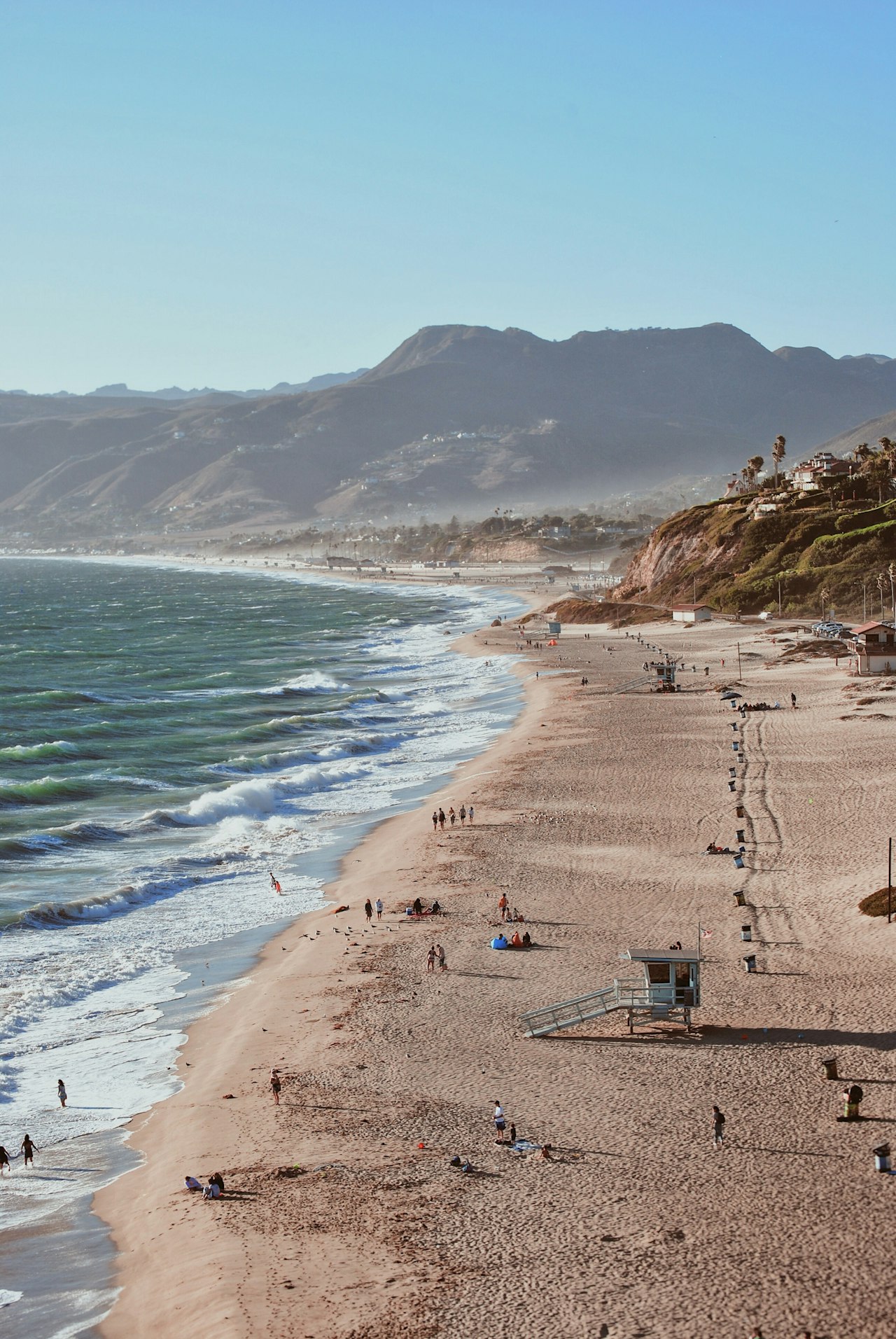The fires in Northern, CA over the past week, have been devastating.
As of October 19, 2017:
- Over 210,000 acres burned
- More than 6,900 structures destroyed. The vast majority of these are single family homes
- 43 deaths
- Countless lives severely disrupted.
- Sonoma and Napa counties have been declared federal disaster areas, as well as Butte, Yuba, Lake, Mendocino, Nevada and Orange counties.
Luckily, weather is cooperating and firefighters are getting the upper hand in controlling and extinguishing the blazes. Soon, the re-building process will begin. We know that the unfortunate homeowners that lost their homes will rebuild their homes and lives, but what about the rest of the market? What will happen to property values in the affected areas?
On it’s face, many would think property values would go up in smoke.
Actually, the opposite is likely to happen.
From a supply and demand perspective, in the short term, the supply has just tightened up. Thousands of homes have been destroyed. Demand has suddenly skyrocketed, with thousands of families displaced that need long term housing. This will drive rents and sale prices up, as displaced families compete for fewer available properties.
I studied two recent, catastrophic fires to see if I could answer the obvious question of “What happens to home values after a catastrophic fire?”
The Valley Fire was a wildfire during the 2015 California fire season that started on September 12, 2015 in Lake County, CA. The fire started shortly after 1:00 pm near Cobb and by 6:30 PM had burned more than 10,000 acres. By Sunday, the fire had reached 50,000 acres and had destroyed much of Cobb, Middletown, Whispering Pines, and parts of the south end of Hidden Valley Lake. The fire ultimately spread to 76,067 acres killed four people and destroyed nearly 2,000 buildings. The fire is the third-worst fire in California history, based on the total structures burned.
My interviews with Realtors shortly after the fire was fascinating, from a real estate economics perspective.
Most Realtors were seeing significant increases in prices, as a result of the demand for housing from displaced owners and tenants, who had lost their homes in the fire. Rental demand was especially high. Also high in demand, in the coming weeks and months, was construction loans, for those rebuilding where insurance didn’t cover, or where property owners were building larger homes.
Another example of market reactions after a fire destroys a community, is the Butte Fire. The Butte Fire was a rapidly moving wildfire during the 2015 California fire season that started on September 9, 2015 in Amador County, CA. The fire burned 70,868 acres and hundreds of people were displaced after their homes were destroyed. In total, 475 homes were destroyed, which was a significant percentage of the housing stock in this largely rural area.
Although not as pronounced, the bell curve is similar to the Valley Fire. Increasing prices right after the fire, leading to stable prices, and then increasing into the spring, with values still increasing.
As far as Santa Rosa, and Napa for that matter, are concerned, I see a similar scenario. Thousands of people have been displaced and need housing, which in the short term, will drive demand and prices up. Both on the sale side and the rental side. I expect the bell curve for Santa Rose to be even more pronounced than the above scenarios, as there are many investors that have seen years of increasing housing prices and stock market prices, that are well positioned to compete for the available housing stock and even for vacant sites to develop. Remember back to the Oakland Firestorm and the subsequent rebuilding. Most of the homes destroyed were rebuilt to much larger homes than what was destroyed. I can see this as a probable scenario for Santa Rosa and Napa especially. This may be a good opportunity for those doing construction loans. As in the aftermath of the Oakland Firestorm, many property owners will take in their insurance settlement and may need additional funds to build a larger home.
Click Here for more information.





























































































